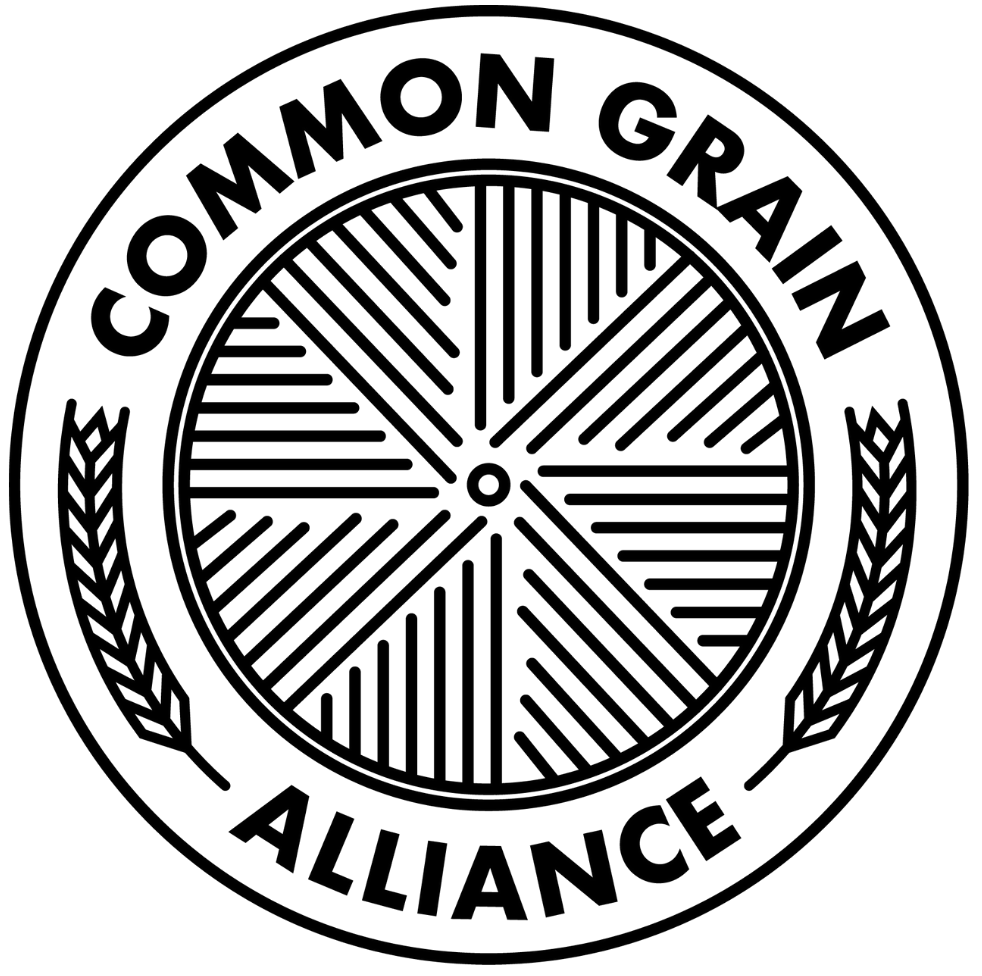One difference between polenta and grits
This Bloody Butcher corn from Wade’s Mill is a gorgeous red dent corn.
In my bakery, I love blending hydrated cornmeals into my sourdough breads. But switching from one cornmeal to another often led to a lot of disappointing loaves, and head scratching. Why do cornmeals behave so differently? Why can you hydrate one type just by mixing it with boiling water, while other types seem to need cooking?
It is really only recently that I have learned the underlying reason behind these different behaviors in the kitchen. There are so many different kinds of corn, but most fit into two broad categories: sweet corn, and field corn. Within field corn, we have a further division into flour corn, dent corn, and flint corn.
The types of field corn are distinguished by their starch profiles. Flour corn mostly consists of soft starch. In the US, it is the indigenous corn of the southwest, where the soft starch permits milling with hand tools. Flour corns are also well suited to nixtamalization into masa, which dramatically increases their nutrition. Tortillas and tamales are two foods made from flour corn.
Northeastern peoples, meanwhile, grew flint corn, which consists mostly of hard starch. The hard starch resists moisture absorption, which makes it easier to grow and keep dry in the humid east. But it also means the meal requires more cooking. Enter polenta and johnny cakes, two foods that emerged from the flint corn culture. Popcorn is also a type of flint corn.
Sometime in the 19th century, flour and flint corns met and hybridized in the Midwest, and dent corns were born. As you might expect, dent corns have intermediate levels of soft and hard starch. Dent corns proved to make excellent animal feed, and were highly productive for farmers. Today, the vast majority of field corns are dent corns for this reason. Dent corns became established in the southeast, where people milled them into grits.
This isn’t to say you can’t make grits from flint corn, or masa from dent corn–you can. But the texture will be different, and now you know why.
This material is based upon work that is supported by the National Institute of
Food and Agriculture, U.S. Department of Agriculture, under award number 2019-
38640-29878
through the Southern Sustainable Agriculture Research and Education program
under subaward number LS20-327. USDA is an equal opportunity employer and
service provider.
Any opinions, findings, conclusions, or recommendations expressed in this
publication are those of the author(s) and do not necessarily reflect the view of the
U.S. Department of Agriculture.



